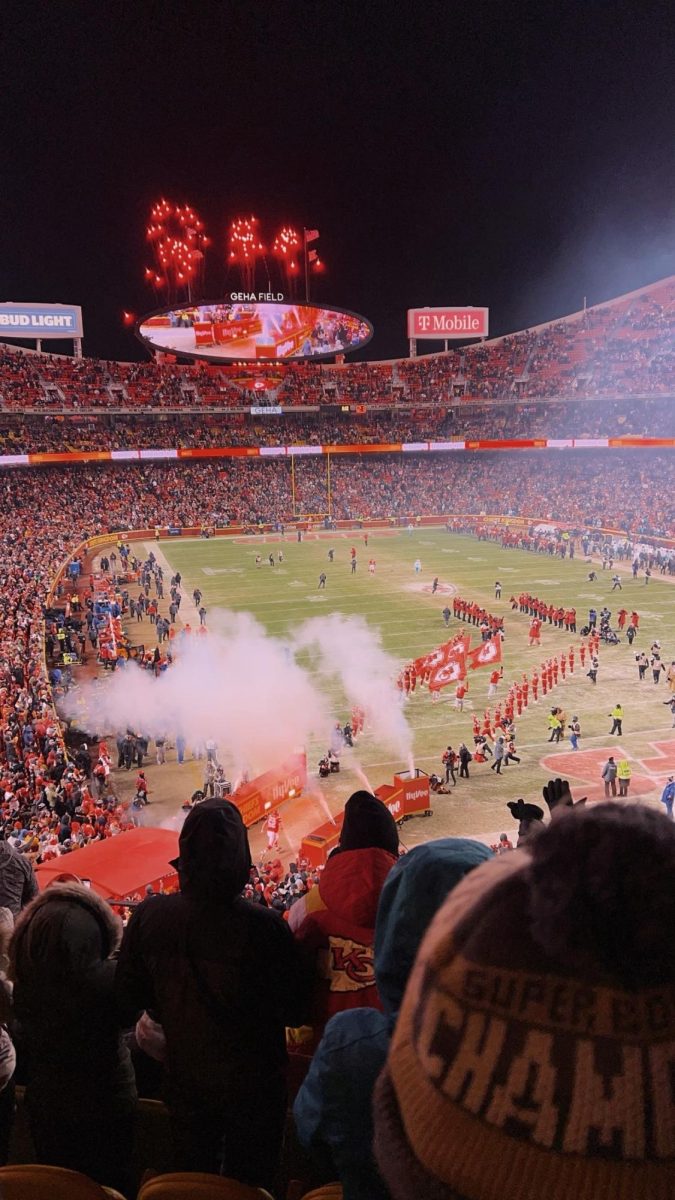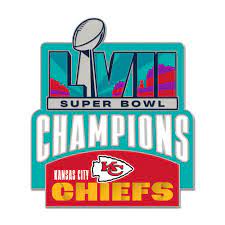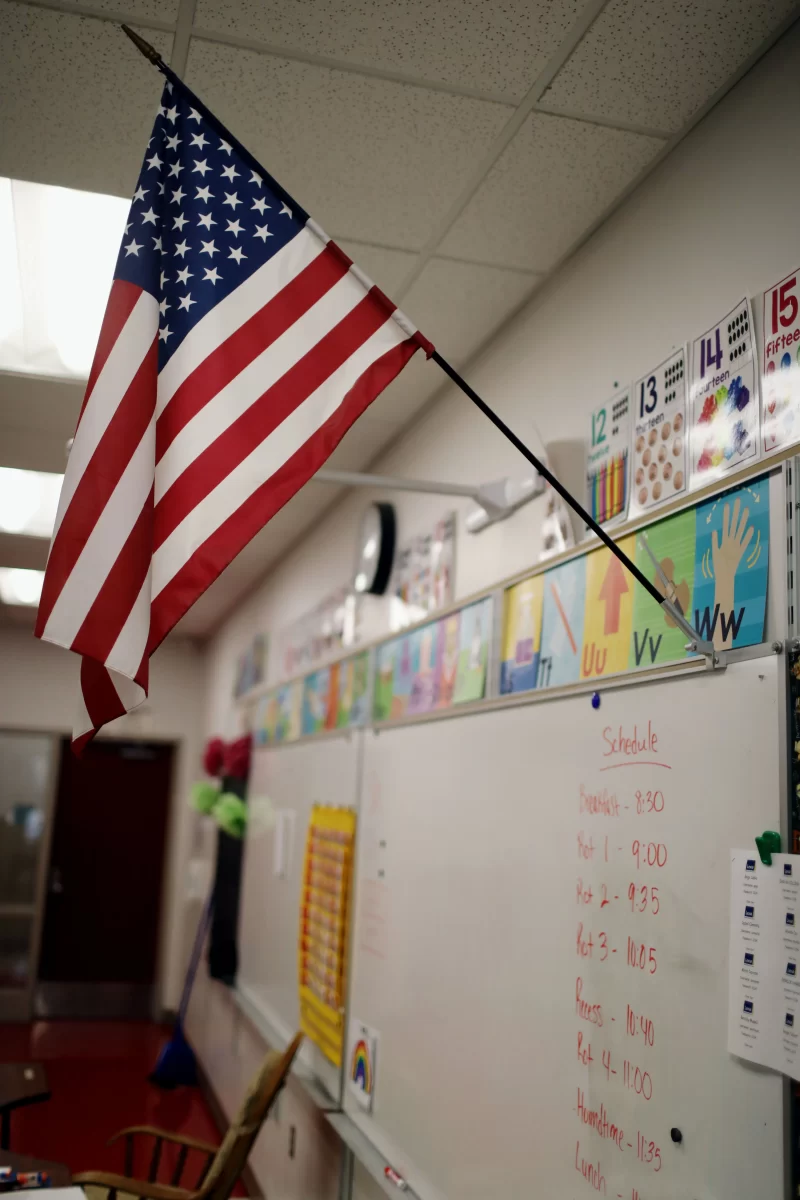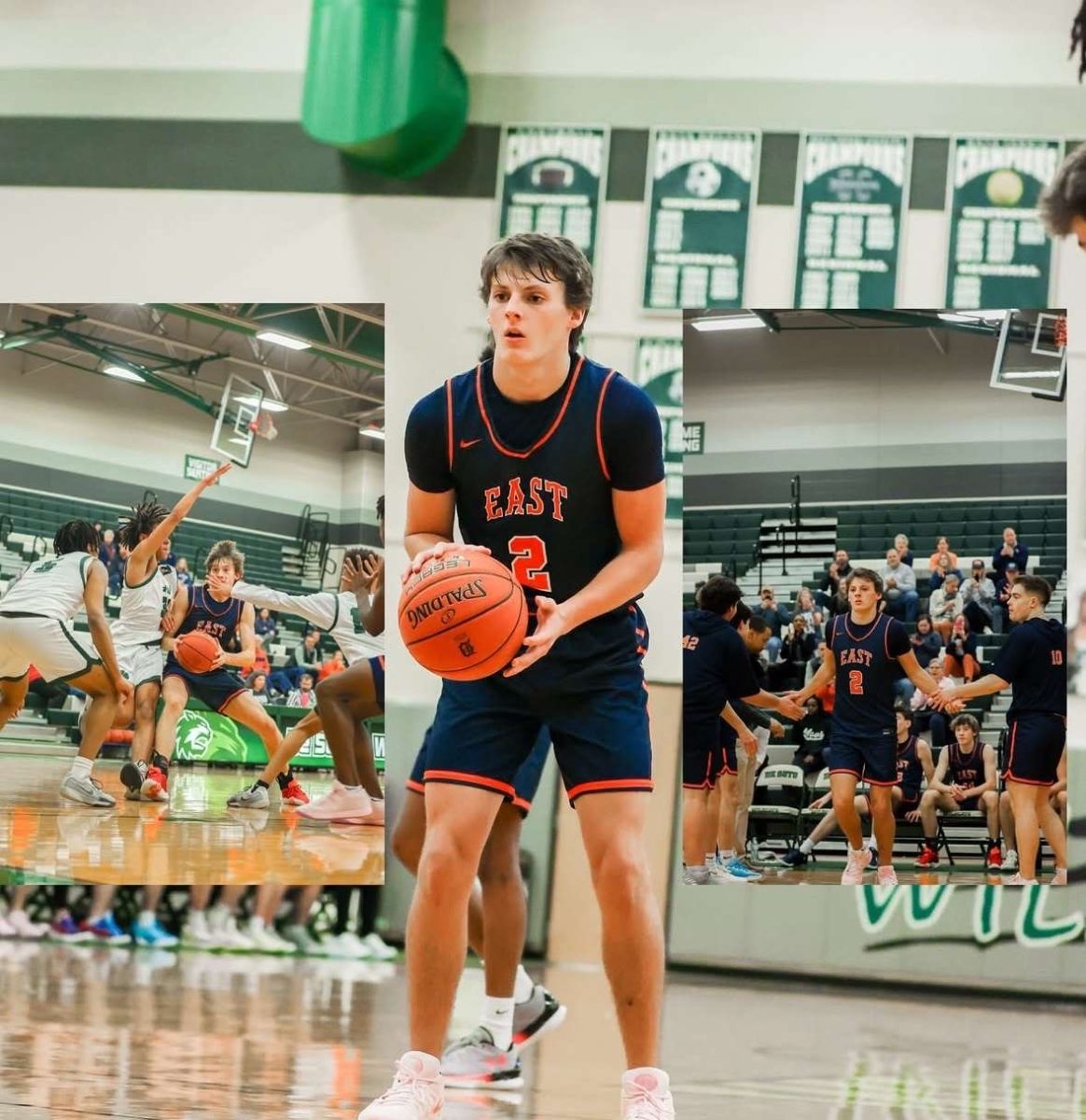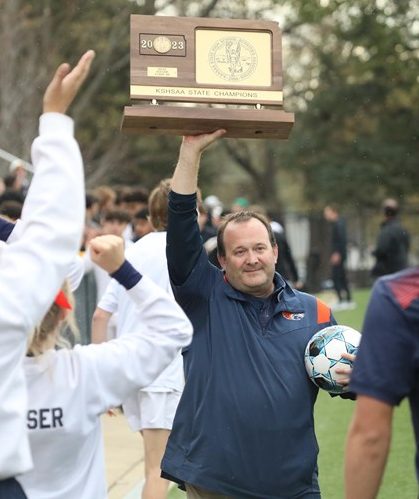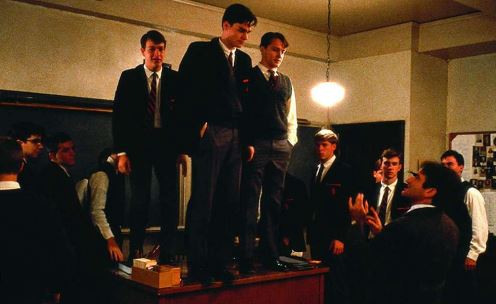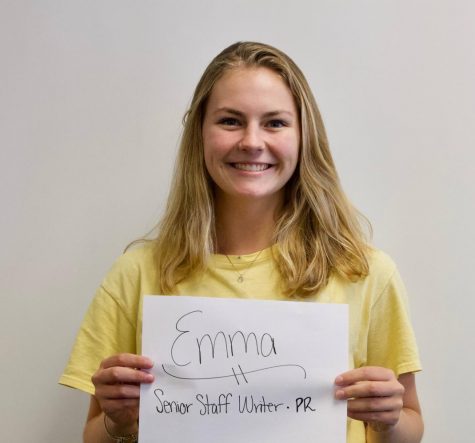What’s the Prognosis, Doc?
Sports injuries happen quite often, OE Hawks tell their stories.
November 20, 2018
Consider this scenario: it’s Senior year and college applications have begun to cloud your already overwhelming schedule. Meeting and talking with college coaches, figuring out where you should commit, where you will get the best offers and scholarship deals. Heading into Friday night’s football game knowing coaches and spectators will be there to recruit, you have no choice but to put your game face on. The first half of the game has flown by and the score is tied. Advancing to third quarter, receiving a touchdown is the team’s only goal.
The game resumes, the team taking their positions. You’re swiftly sprinting down the field and before you know it, you’re falling to the ground after a tackle. And, unable to shake the feeling that something is wrong, you’re trying to stand, quickly realizing you can’t, due to the pain sharply sliding up your leg. The coaches come to aid in getting off the field to figure out what just occurred. A torn ACL is the diagnosis you receive days later. What should you do now? At the peak of a high school career about to dive into a college one with an injury is not the path most athletes would want to go down. Clearly out for the season, without any clue what to do now, whatever plans had been procured before, are now possibly lost.
Kenny Brown, the Athletic Trainer at Olathe East, described if most students are able to get back into their sport, “It really depends on the severity of the injury and the treatment they receive… The goal is to get students back safely, not quickly.” .
“Football tends to put out the most injuries, as well as soccer.” said Brown. These sports are active in the Fall season meaning, if a senior athlete gets injured, it has the potential to jeopardize their college choices and careers.
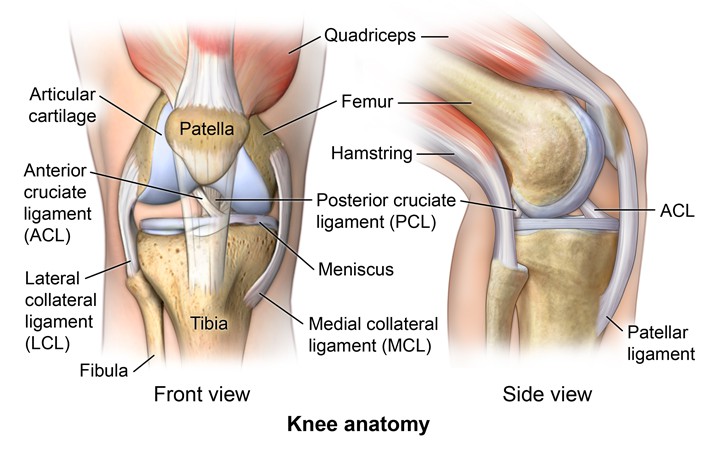 “Most injuries tend to be soft-tissue related; Hamstring and Quad strains especially,” said Brown. These injuries are extremely minor compared to others, however, they can still keep you from participating for a couple weeks. This comes as a relief to students versus having to stay out from the sport for the rest of the year, although, that can happen just as easily. However, the more complex injuries such as ACL and other ligament tears, broken bones, etc… these often cannot be prevented.
“Most injuries tend to be soft-tissue related; Hamstring and Quad strains especially,” said Brown. These injuries are extremely minor compared to others, however, they can still keep you from participating for a couple weeks. This comes as a relief to students versus having to stay out from the sport for the rest of the year, although, that can happen just as easily. However, the more complex injuries such as ACL and other ligament tears, broken bones, etc… these often cannot be prevented.
All sports come with consequences and possible injuries of their own, and sometimes, being cautious won’t be nearly enough. What about those sharp, jerking pivots in basketball? Those bone-crunching landings in football? Even getting hit in just the right spot with a baseball can lead to some serious problems.
Tre’Von Kearney, Senior on the football team at Olathe East, has played for the past four years. During the game against Lawrence Free State on September 7th, he sprained his PCL (Posterior Cruciate ligament), and his ankle as well. The PCL is one of four major ligaments that hold the knee together, and by injuring one, injuring another becomes an easy possibility.
“In the game against Free State, I went for a tackle when my knee bent awkwardly and sprained both of them. I went through six weeks of physical therapy, working on knee/ ankle stability. Stuff with balance and basically had to restart the mechanics of my running form to adjust to the brace that I had,” stated Kearney.
Kearney, regarding the length of recovery and participation for the rest of the season, stated “I missed five of the eight games this season due to my injury, but luckily I made it back ust in time for senior night and the playoffs.”. This injury represents some of the more major injuries that can occur. However, smaller injuries can prevent students from participating as well.
Freshman Abby Rose, a runner on Olathe East’s Cross Country team, was diagnosed Tendonitis in her I.T Band (Iliotibial Band). The I.T Band is a tissue that runs along the outside of the thigh bone from just above the hip, to just below the knee.
“I obtained the injury by running on my knee for a week after it was hurting, making it worse. I’ve been stretching and resting to heal. As long as I rest for a few weeks, I should be able to fully recover,” stated Rose. These injuries, although very different, are just a fraction of the injuries students obtain in High School sports. The circumstances may, and will be different for each athlete, as well as treatments and recovery times.
These are just two of many injuries received by high school athletes every year. Some may not be so fortunate as to be able to return for participation in the remainder of the season. Others are possibly unable to play their sport again following the injury. In any cases that apply, the goal is to ultimately keep the athlete healthy and safe, while being able to hopefully return the next season with a much smaller risk of re-injury.


